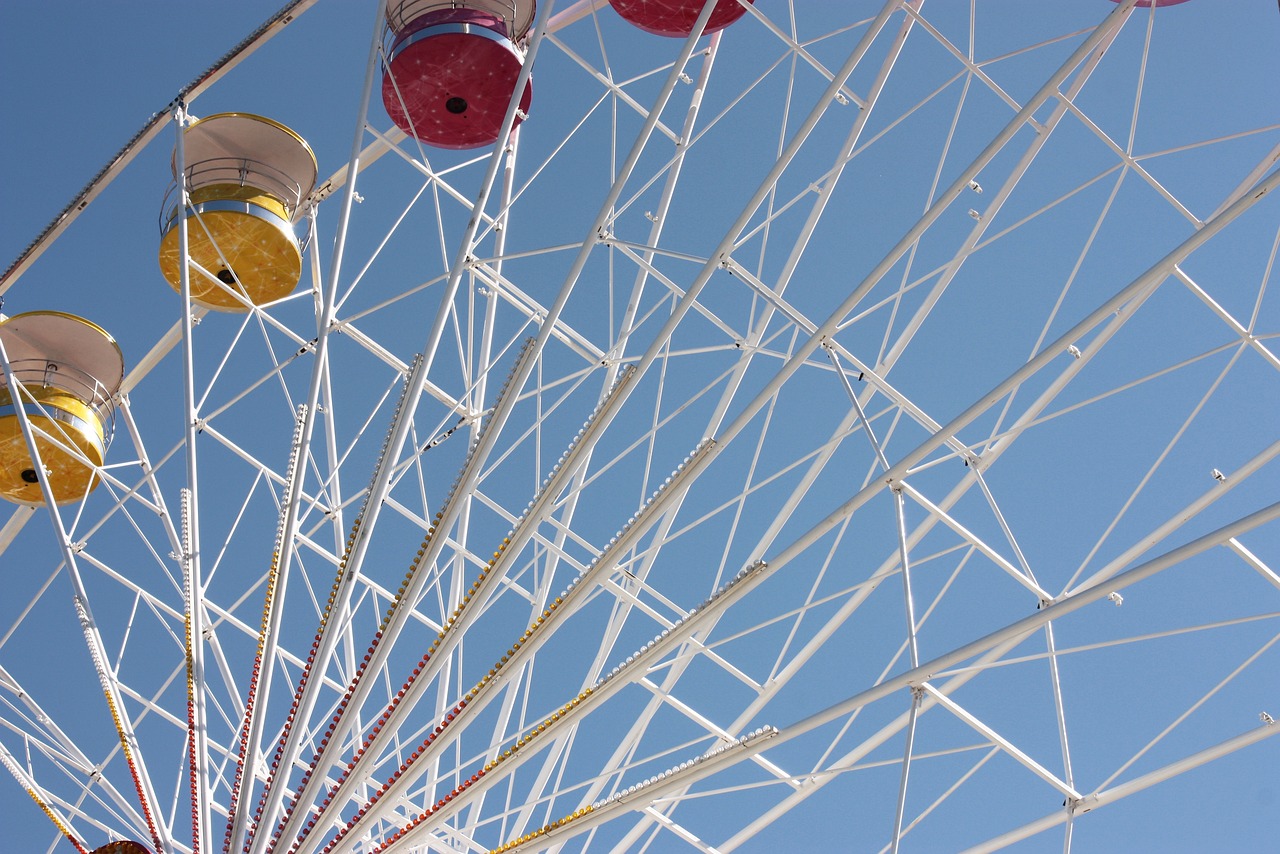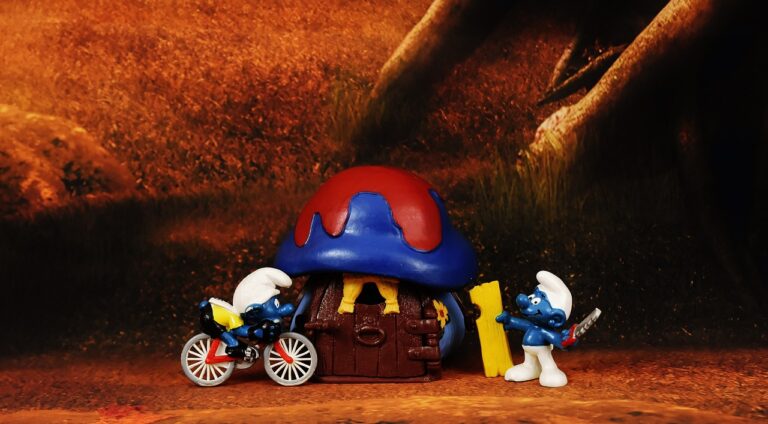The Role of TV Production Gaffers
11xplay sign up, king567 create account, skyinplay agent login:TV production gaffers play a crucial role in the filmmaking process, yet their work often goes unnoticed by viewers. Gaffers are responsible for lighting the set and creating the right atmosphere for each scene. Without skilled gaffers, TV shows and movies would lack the visual appeal that draws audiences in.
In this article, we will delve into the world of TV production gaffers, their responsibilities, and why they are essential to the success of any film or television project.
Understanding the Role of a TV Production Gaffer
The term “gaffer” originated in the early days of filmmaking when lighting technicians would use a “gaff” (a long pole with a hook on one end) to adjust the position of the lighting fixtures. Today, the role of a gaffer has evolved to include a wide range of responsibilities related to lighting and electrical work on set.
Gaffers work closely with the director of photography (DP) and the lighting crew to create the desired look for each scene. They are in charge of setting up and operating the lighting equipment, as well as ensuring that the lighting is consistent and flattering for the actors.
In addition to lighting the set, gaffers are also responsible for running cables, setting up generators, and making sure that all electrical equipment is safe and in working order. They must have a strong understanding of electrical systems and be able to troubleshoot any issues that may arise during filming.
Overall, the role of a TV production gaffer is to ensure that the lighting on set is of the highest quality and that the director’s vision is brought to life through the use of light and shadow.
The Importance of Good Lighting in TV Production
Lighting plays a crucial role in creating the mood and atmosphere of a TV show or movie. Good lighting can enhance the storytelling, evoke emotions in the audience, and highlight the actors’ performances. Without proper lighting, even the most well-written script and talented actors can fall flat on screen.
Gaffers are responsible for achieving the right balance of light and shadow in each scene. They must be able to work quickly and efficiently to set up the lighting equipment, adjust it as needed, and ensure that everything looks perfect on camera.
In addition to setting up the lights, gaffers also work with the DP to create lighting plans for each scene. They must take into account factors such as the time of day, the location of the shoot, and the mood that the director wants to convey. This requires creativity, technical skill, and the ability to think on their feet.
Overall, good lighting is essential for creating a visually stunning and engaging TV show or movie. Gaffers play a key role in achieving this, and their work is essential to the success of any production.
The Challenges of Being a TV Production Gaffer
Being a TV production gaffer is a demanding job that requires long hours, physical stamina, and the ability to work under pressure. Gaffers often work on tight deadlines and must be able to adapt to changing circumstances quickly.
One of the biggest challenges that gaffers face is dealing with unpredictable lighting conditions. They must be able to adjust the lighting equipment on the fly to compensate for changes in natural light, weather conditions, and other factors that can affect the look of a scene.
Another challenge that gaffers face is working with a limited budget. Lighting equipment can be expensive, and gaffers must often find creative solutions to achieve the desired look without breaking the bank. This requires ingenuity, resourcefulness, and the ability to make the most of what they have.
Despite these challenges, being a TV production gaffer can be a rewarding and fulfilling career for those who are passionate about lighting and filmmaking. Gaffers play a vital role in bringing stories to life on screen, and their work is essential to the success of any production.
The Evolution of TV Production Lighting
Over the years, the technology and techniques used in TV production lighting have evolved significantly. Advances in LED technology, wireless control systems, and digital cameras have revolutionized the way that gaffers work and have opened up new possibilities for creative lighting.
LED lights have become increasingly popular in TV production due to their energy efficiency, versatility, and ability to produce a wide range of colors. Gaffers can now achieve complex lighting effects with a single light fixture, saving time and reducing the need for bulky equipment.
Wireless control systems have also made it easier for gaffers to adjust the lighting remotely, without having to climb up ladders or navigate through crowded sets. This allows for greater flexibility and precision in lighting design, leading to more visually stunning results on screen.
Digital cameras have also had a significant impact on TV production lighting. These cameras are highly sensitive to light and can capture more details in dark or low-light conditions. This has allowed gaffers to experiment with new lighting techniques and create more dynamic and immersive visuals.
Overall, the evolution of TV production lighting has enabled gaffers to push the boundaries of what is possible on screen and to create visually stunning and innovative lighting designs that enhance the storytelling and captivate audiences.
Tips for Aspiring TV Production Gaffers
For those who are interested in pursuing a career as a TV production gaffer, there are a few tips to keep in mind:
– Gain experience: Start by working as a lighting technician or assistant gaffer on film or TV sets to gain hands-on experience and learn the ropes of the industry.
– Build your skills: Take courses in lighting design, electrical work, and camera operation to develop your technical skills and knowledge.
– Network: Connect with other gaffers, DPs, and industry professionals to learn from their experiences and expand your opportunities in the field.
– Be creative: Experiment with different lighting techniques, colors, and effects to develop your own unique style and stand out in the competitive industry.
– Stay current: Keep up to date with the latest trends and technologies in TV production lighting to stay ahead of the curve and continue to push boundaries in your work.
By following these tips and putting in the hard work and dedication needed, aspiring TV production gaffers can carve out a successful and fulfilling career in the exciting world of filmmaking.
FAQs
Q: What is the difference between a gaffer and a key grip?
A: While gaffers are responsible for lighting the set, key grips are in charge of camera support and movement. Key grips work closely with the camera crew to set up dollies, cranes, and other equipment to achieve the desired camera shots.
Q: How long does it take to become a TV production gaffer?
A: The path to becoming a TV production gaffer can vary depending on the individual, but it typically takes several years of working as a lighting technician and gaining experience on film sets before advancing to the role of a gaffer.
Q: What are some common lighting techniques used in TV production?
A: Some common lighting techniques used in TV production include three-point lighting, backlighting, soft lighting, and colored lighting. Each technique creates a different mood or effect on screen and is used to enhance the storytelling and visual appeal of a scene.
Q: How important is safety in TV production lighting?
A: Safety is paramount in TV production lighting, as gaffers work with high-voltage electrical equipment and must ensure that all lighting fixtures are properly secured and in working order. Gaffers are trained to follow strict safety protocols to prevent accidents and ensure the well-being of everyone on set.
In conclusion, TV production gaffers are essential members of any film or television production team. Their expertise in lighting design, technical skill, and creativity bring stories to life on screen and captivate audiences around the world. Aspiring gaffers who are passionate about lighting and filmmaking can follow the tips outlined in this article to pursue a successful career in this exciting and rewarding field.







